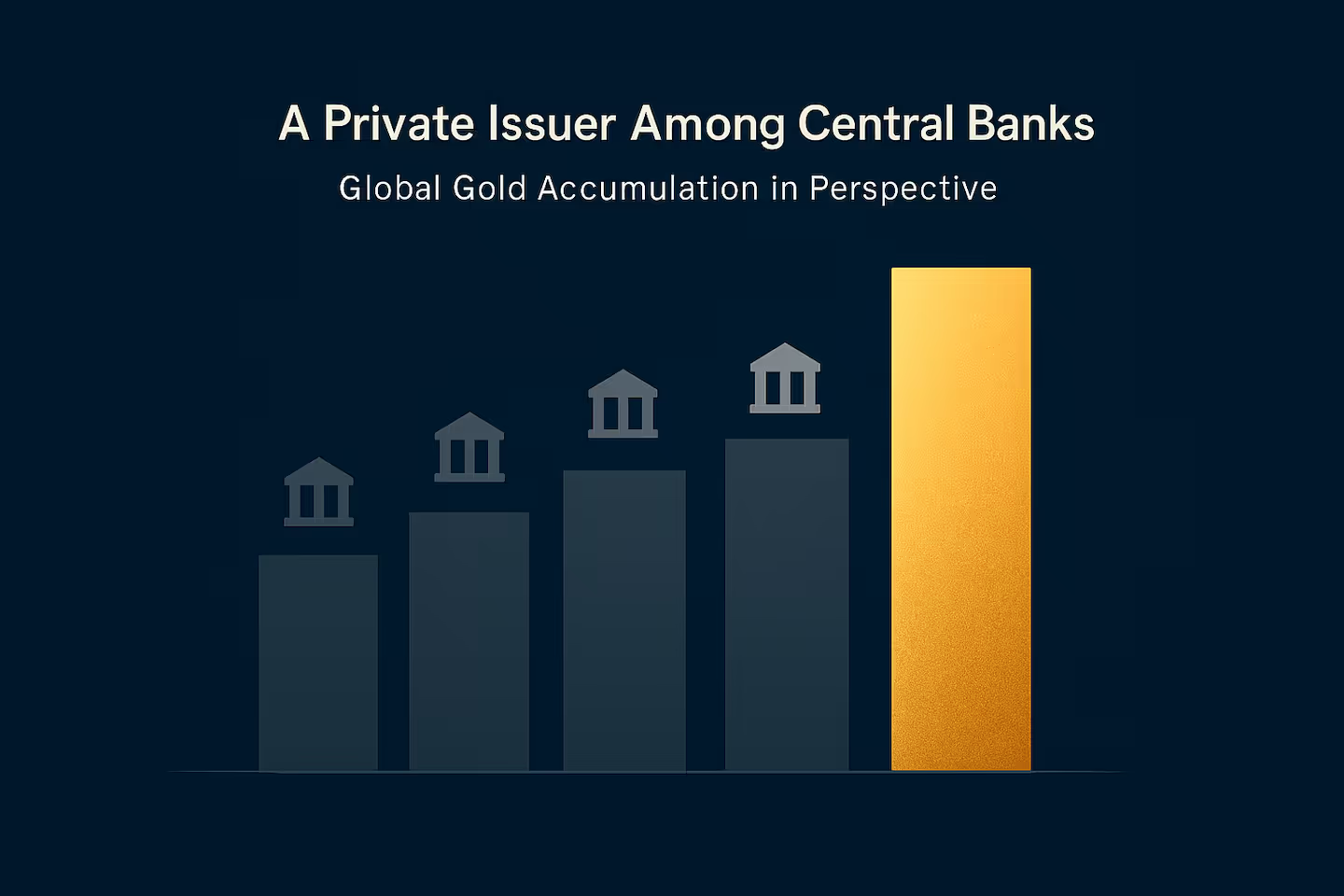The Pitfall of Crypto Market Liquidity: Wash Trading
Understanding the true role of market makers in building healthy markets
Following to our article about Why Great Market Makers are Strategic Partners, we now turn to a critical issue that affects how liquidity is perceived—and misrepresented—in crypto markets.
In the crypto markets, “liquidity” is often held up as a key indicator of a healthy token or trading venue. And rightly so—robust liquidity means tighter spreads, deeper order books, and lower slippage for investors. But not all volume is created equal.Behind flashy numbers, some projects or venues may engage in wash trading—the artificial inflation of trading activity to create the illusion of demand. This can mislead users, investors, and even other market participants. At Portofino, we believe in building genuine, transparent liquidity—and helping the ecosystem understand the difference.
What is Wash Trading?
Wash trading occurs when the same entity is both the buyer and seller in a transaction or when entities agree to manipulate prices, effectively faking volume with no real risk or value transferred. While illegal in traditional markets, it still occurs in parts of crypto—particularly where regulations are light or enforcement is limited.
Wash trading can:
- Falsely inflate token interest
- Manipulate rankings on data aggregators
- Mislead retail investors
- Distort price discovery
Real Liquidity vs. Fake Volume
So how can you tell when liquidity is genuine and when it’s just a façade? Here are a few key metrics and signs to look out for:
1. Order Book Depth (Not Just Spread)
Healthy markets aren’t just about tight bid-ask spreads—they also have layered liquidity at multiple price levels. A professional market maker like Portofino helps build these deeper books, reducing slippage and enabling larger trades to execute efficiently.By contrast, wash trading often happens on shallow books with suspiciously frequent matching at the same price.
2. Fill Quality and Execution Metrics
High-quality liquidity leads to low slippage, fast execution, and reliable order matching. If trades constantly fill at the same price or orders are mysteriously matched in milliseconds on illiquid pairs, that could be a red flag.
3. Trade Size Distribution
Genuine volume is usually a mix of trade sizes, reflecting both retail and institutional activity. Wash trading often features unnaturally repetitive trade sizes (e.g., 100.0000 tokens over and over again).
4. Counterparty Diversity
Healthy markets show diverse counterparties. On-chain analytics or exchange-level data can sometimes reveal whether trades are coming from a broad user base—or just a few addresses cycling positions.
Why This Matters?
Real liquidity isn’t just about aesthetics—it’s about functionality. It allows users to enter and exit positions with confidence, reduces volatility, and is essential for price discovery. For institutional investors, reliable liquidity is a prerequisite for participation, and for projects, it impacts everything from token launch success to ecosystem trust.
Wash trading, by contrast, erodes confidence, distorts market behavior, and introduces unnecessary regulatory risk.
The Role of Market Makers
At Portofino, we’re a crypto-native market maker committed to building sustainable liquidity across centralized exchanges to ensure fair, transparent markets where real users can trade efficiently.
Our infrastructure is designed for 24/7 responsiveness, compliance, and high-integrity market support—no gimmicks, no artificial activity.
Final Thoughts
As crypto matures, the ability to differentiate real liquidity from manufactured volume becomes crucial for investors, exchanges, and protocols alike. By understanding the signs of wash trading and the hallmarks of genuine market quality, stakeholders can make better decisions—and help move the industry forward.
As crypto matures, the ability to differentiate real liquidity from manufactured volume becomes crucial for investors, exchanges, and protocols alike. By understanding the signs of wash trading and the hallmarks of genuine market quality, stakeholders can make better decisions—and help move the industry forward.
---
Follow Portofino for more educational content on market structure, trading infrastructure, and liquidity best practices.
Others articles
See all

Thought leadership
Why is Tether Buying Gold Like a Country?
How tokenised gold is emerging as a new store of value alongside USD stablecoins.

Thought leadership
The DAT Reset: Why the Bubble Burst — and Why Today’s Entry Point Is Better Than Ever
Why DATs reset after the bubble, and why today’s entry point is stronger.

